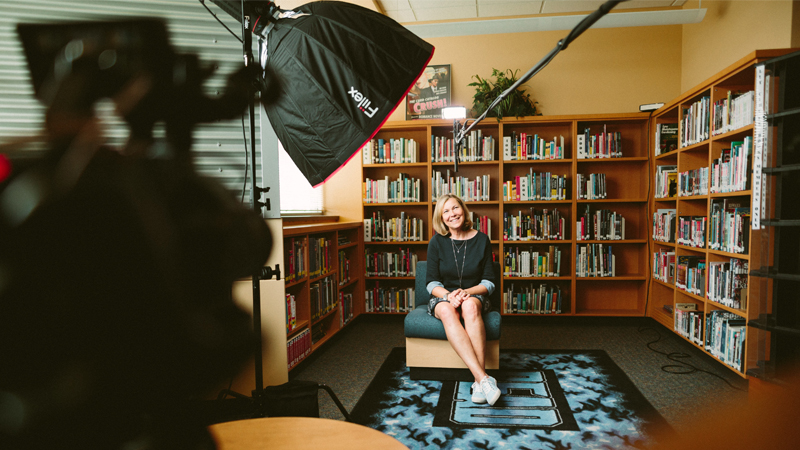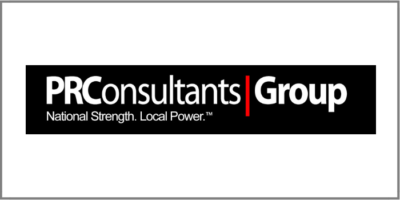When the social media age first dawned (remember Friendster and MySpace?), it seemed like a curiosity. But then Facebook took off. And Twitter. And suddenly, businesses realized that they needed to be visible on social media platforms or be left out of millions of daily conversations. That precipitated a mad rush into social media. Clients felt they needed to be on Facebook and they’d better be tweeting. Content was usually an afterthought: recycled news releases and repurposed website copy. What was said took a back seat to saying “something, anything,” so as not to be left out of this major marketing shift.
But now, with platforms proliferating like rabbits (think Pinterest, Instagram, Vine, Snapchat, Storify, etc.), communication folks are starting to ask themselves and their companies the classic questions that have been asked since the dawn of the press release: Who? What? When? Where? Why?
Who?
Who is your audience? Who do you want to reach? Social media is becoming more segmented. Snapchat, for example, is popular with young teens. Not so much with older adults! And each platform has its own style. The kind of information you get on Pinterest is far different than what you’ll see on Vine. As a result, you can’t just keep recycling the same information for every platform. You need to be sure to speak to each audience you reach in ways they will appreciate.
What?
What does my company’s voice sound like? What am I trying to say? Because nowadays, we’re in a two-way dialogue – an actual conversation. And the folks we’re talking to expect us to have a personality! And, they expect us to tell them things they might actually be interested in hearing! Southwest Airlines is probably one of the clearest “voices” in social media. As a consumer, you get their personality. You expect their social media posts to be engaging, often amusing. Obviously, the last thing you want your blogs or tweets to be if you’re a funeral home is funny. Matching your voice to your company’s industry, culture and audience is an essential part of developing your online presence.
When?
When and how often do you need to speak through social media? Each platform has its peak audience times – Facebook is more active in the evenings and on weekends. Twitter perks up during major breaking news. Your Facebook followers may scroll through older posts to “catch up” but may not do the same with Twitter. You may need to experiment to see when your posts are getting the most reaction.
Where?
Where do you need to be in the social media space? Does your company need to have a presence on every platform? NO. Select the platforms that make the most sense for your business and do them well, rather than trying to be all things to all people.
Why?
Why do you have a Facebook page? Why do you tweet? If you can’t answer that question, you probably should take a break from your social media outreach and think about it. Are you tweeting just to be tweeting? Or do you have something meaningful to share? How do your tweets impact your company’s bottom line? Is Facebook something that will drive sales or is it an important barometer for your customer relations efforts? Knowing why you’re on a social media platform will directly impact what you choose to say, share and show. Make it meaningful and/or interesting. Make it matter to your business.





